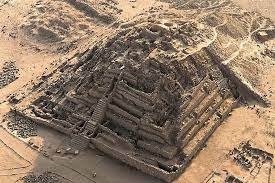In the arid and remote reaches of the Supe Valley in Peru lies a breathtaking archaeological gem: the sacred city of Caral. Nestled between the rugged Andean mountains and the vast desert, this city represents a captivating chapter in human history that remains largely unexplored by the contemporary world.
At nearly 5,000 years old, Caral presents a fascinating paradox of time and innovation. Predating even the great Pyramids of Egypt, its architectural complexity and societal sophistication parallel some of the most advanced ancient civilizations.
The city’s vast landscape consists of six towering pyramids, two uniquely designed sunken ceremonial plazas, intricately planned residential districts, and a remarkable irrigation system that once transformed a desert into fertile farmland. These monumental constructions demonstrate advanced engineering skills and a deep understanding of urban planning.
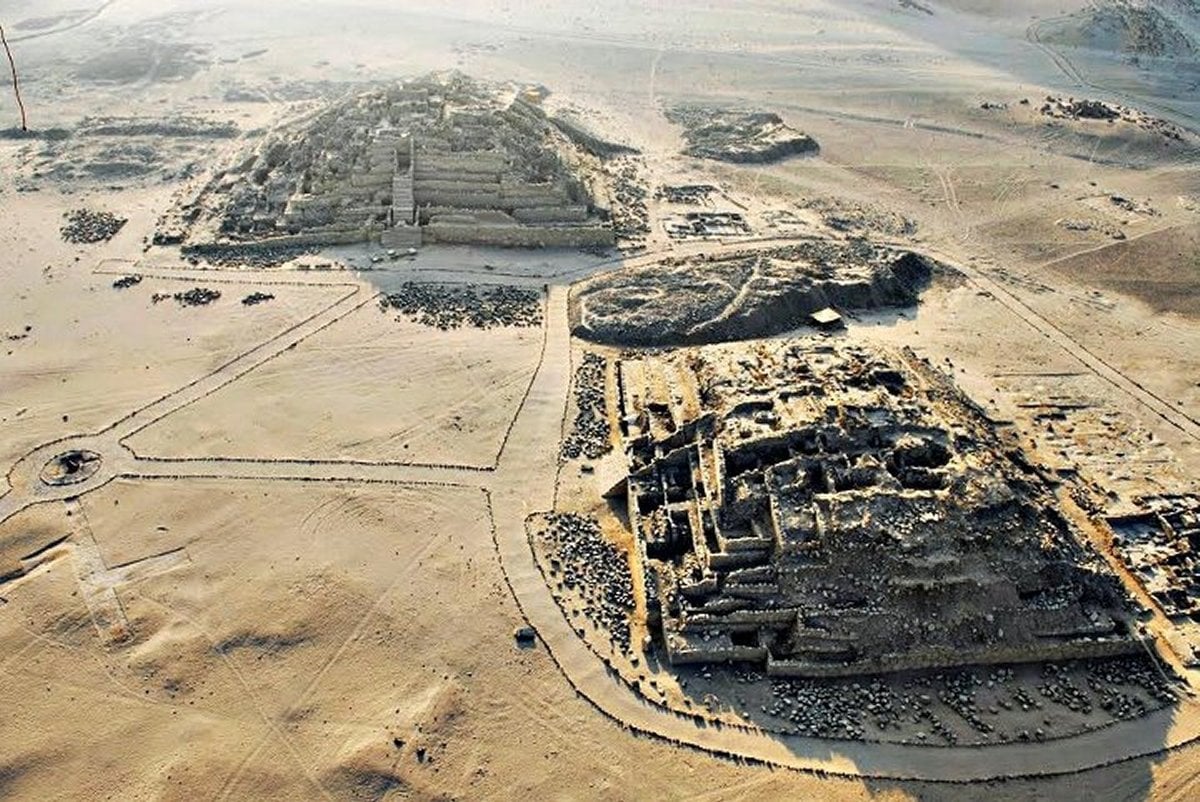
Table of Contents
ToggleIntroduction to Caral
Situated as a UNESCO World Heritage Site, the ancient city of Caral in Peru’s Supe Valley is far more than a relic of the past. Caral’s vast cityscape consists of six pyramids, two sunken ceremonial plazas, residential districts, an advanced irrigation system, and other awe-inspiring constructions. It stands as a living testament to the ingenuity, resilience, and cultural richness of our human ancestors. The preservation and continued exploration of this remarkable archaeological gem are vital to our understanding of our shared heritage and the timeless narrative of human civilization. Nestled between the rugged Andean mountains and the vast desert, Caral represents a captivating chapter in history that remains largely unexplored by the contemporary world, offering invaluable insights into the remarkable achievements of our forebears.
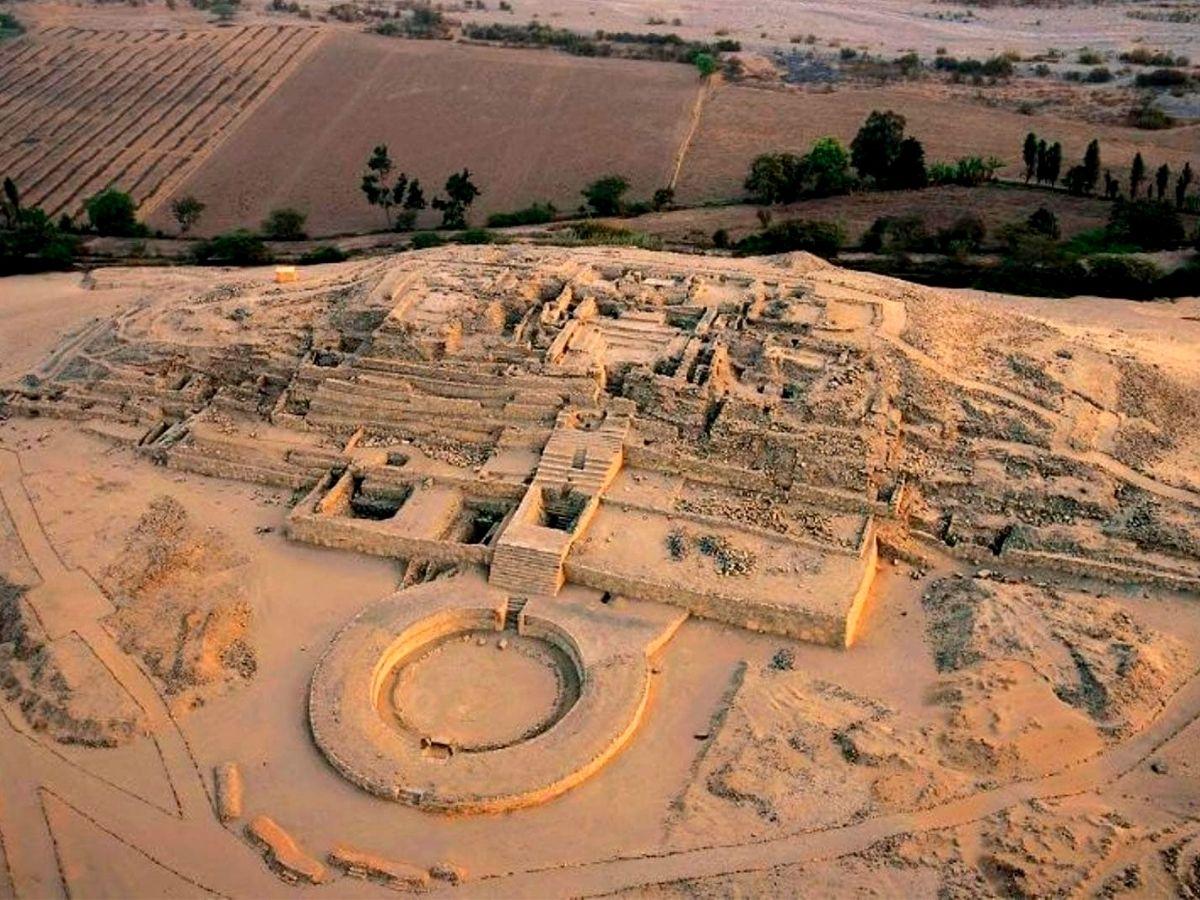
The Cradle of All Civilizations
The ruins of Caral were so magnificent and sprawling that some people initially believed the massive pyramids standing in the desert across the Andes were built by aliens from a faraway galaxy. Likewise, some historians theorized that the complex society which existed at that time must have been born out of fear and war, scouring the site for telltale signs of violence that they thought had led to the creation of this advanced civilization. However, they could not find even a hint of any warfare – a truly baffling discovery.
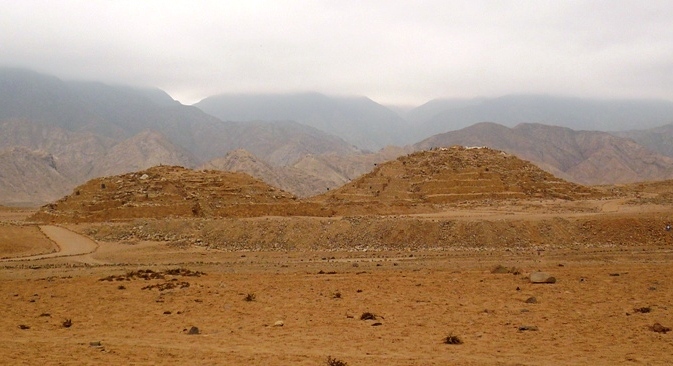
Even years after archaeologist Ruth Shady Solis uncovered the ancient city of pyramids at Caral in Peru, the site continues to surprise historians around the world. It took Shady many years and multiple rounds of carbon dating to conclusively prove that this was in fact the earliest known civilization in South America, dating back to 2,627 BC – much older than the Harappa Valley towns and the pyramids of ancient Egypt. The scale, sophistication and lack of evidence for conflict at Caral have challenged preconceptions about the origins of complex societies, offering fascinating new insights into the human story.
Explore Peru’s 5000-year-old city, Caral
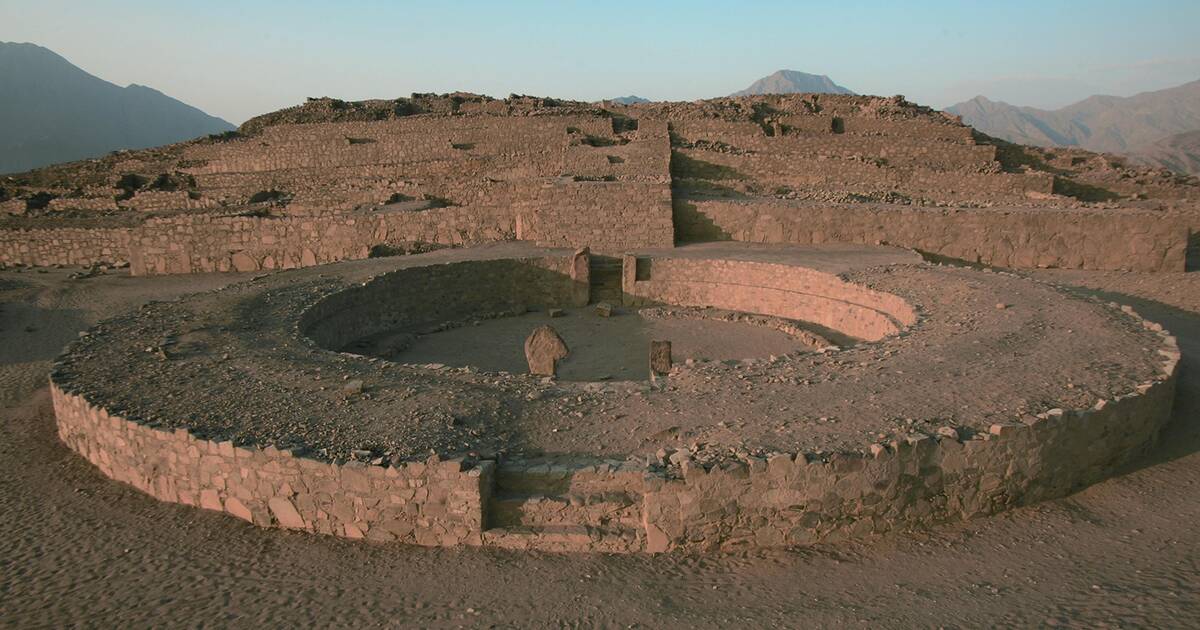
CARAL, Peru – A sudden, eerie gust of wind blows down from the rocky Andean foothills, kicking up a cinnamon-colored cloud over the lunar landscape of ruins that compose the oldest city in the Americas. The sky overhead is a crisp, clear blue. All around in the Supe River Valley, lush fields of onions and corn stretch out.
We are in Caral, a place that feels worlds away from the bustling modern capital of Lima, some three hours and nearly 5,000 years removed. To reach this ancient site, we’ve just spent the last half-hour bouncing along a dirt road, periodically blocked by bleating herds of goats and sheep.
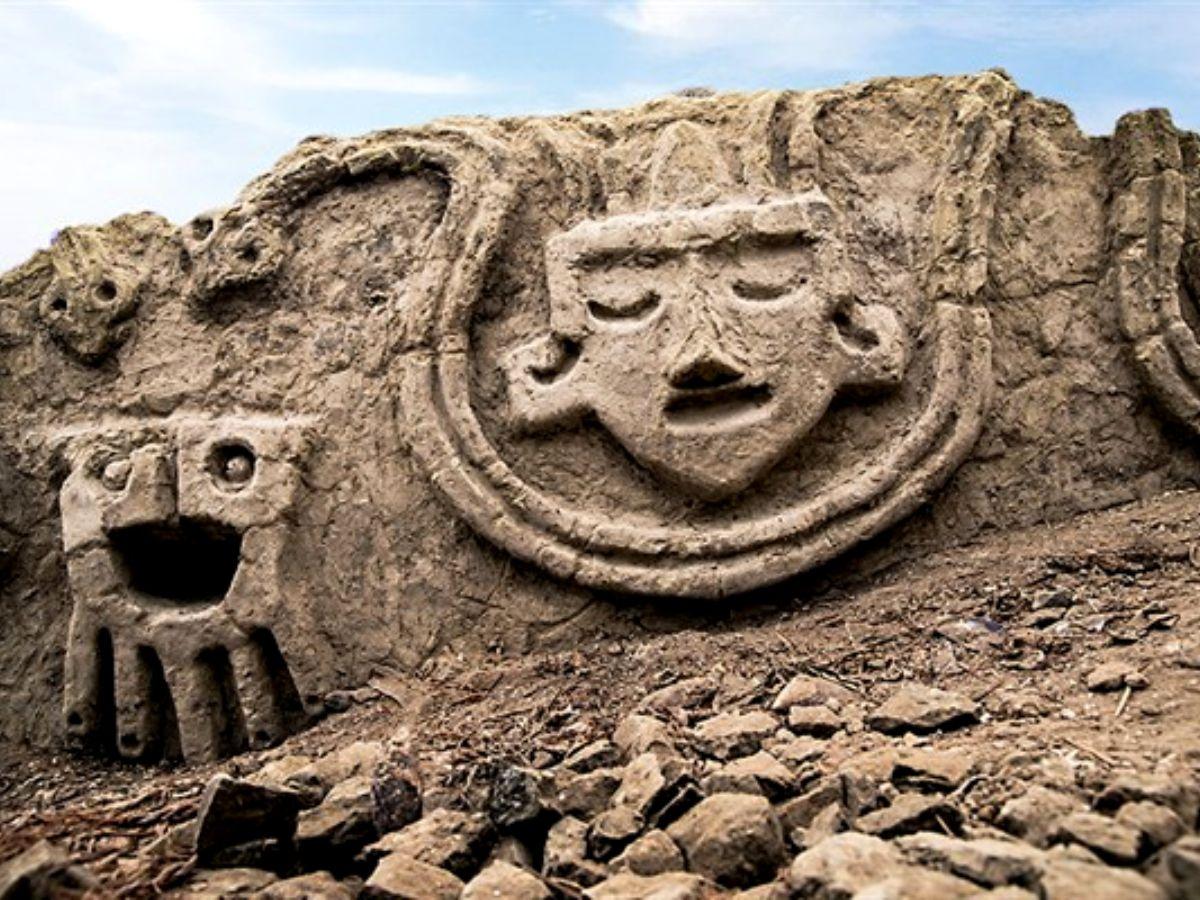
Caral first made global headlines in 2001 when researchers were able to carbon-date material from the city all the way back to 2627 BC. This staggering antiquity has made Caral a must-see destination for archaeology enthusiasts, who come to marvel at the remarkably well-preserved ruins of what is considered the oldest urban center in the Americas. The sheer scale and sophistication of this lost civilization hidden in the remote Andes continue to captivate and confound scholars, offering tantalizing glimpses into the timeless human story.
Conclusion: Reflections on a Lost Civilization
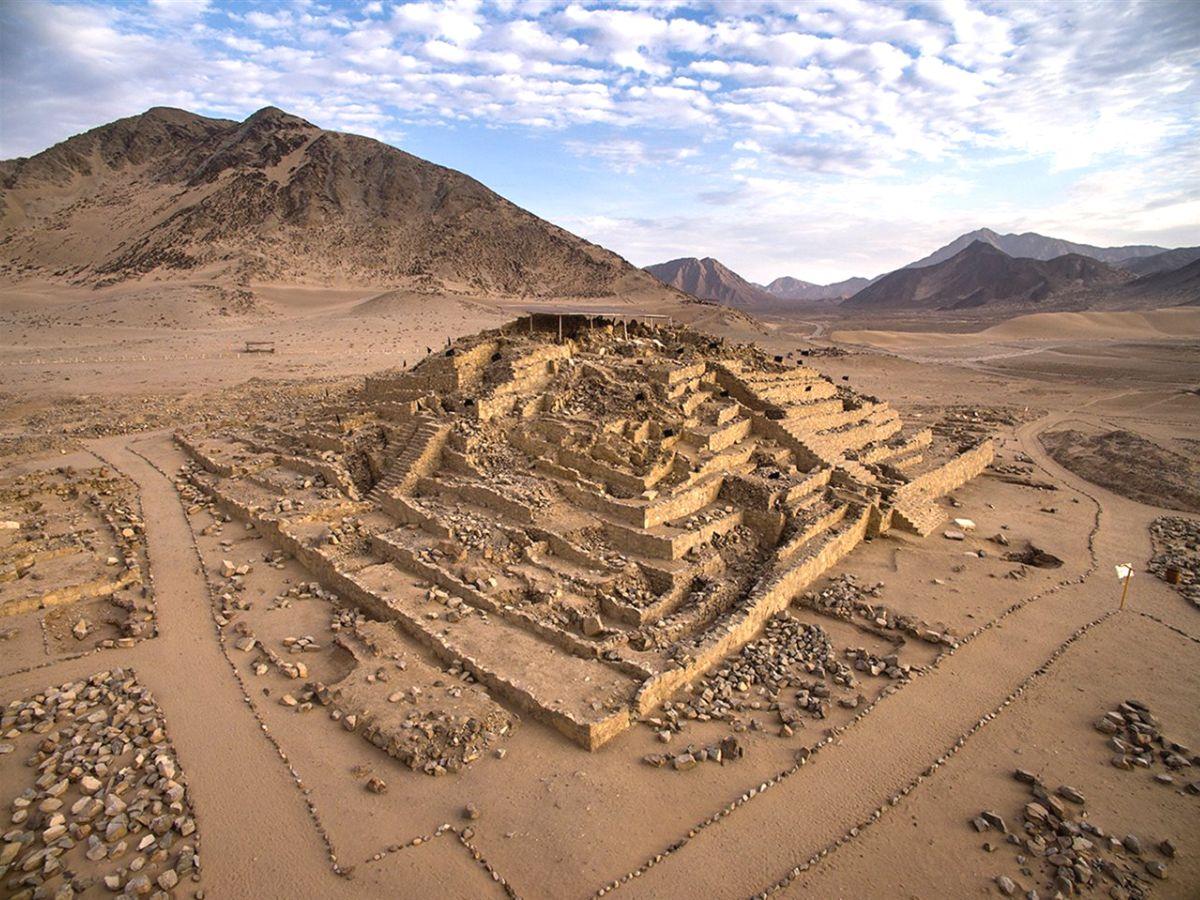
The sacred city of Caral serves as a window into an incredibly ancient world, predating even the iconic civilizations of ancient Egypt and Mesopotamia. Dating back over 5,000 years, Caral’s breathtaking architectural achievements, advanced engineering feats, and sophisticated social structures laid crucial foundations for the later rise of complex societies across the Americas.
The discovery of Caral has dramatically reshaped our historical understanding, challenging long-held assumptions about the origins of urban development and the capabilities of our ancient ancestors. Through this remarkable site, we’ve gained profound insights into the shared human capacity for innovation, creativity, and resilience in the face of daunting environmental challenges.
Caral stands as a timeless marvel, a testament to the brilliance and enduring spirit of human civilization. Its well-preserved ruins inspire awe and wonder, reminding us of our deep connection to the past and the remarkable ingenuity of those who came before. By studying, preserving, and sharing the legacy of Caral, we honor the achievements of our forebears while drawing inspiration for our own continued growth and development as a species.
The sacred city of Caral truly is a profound and humbling link to an ancient world, one that continues to captivate and transform our understanding of the human story. Its significance cannot be overstated, as it represents a pivotal chapter in the shared journey of humanity.
